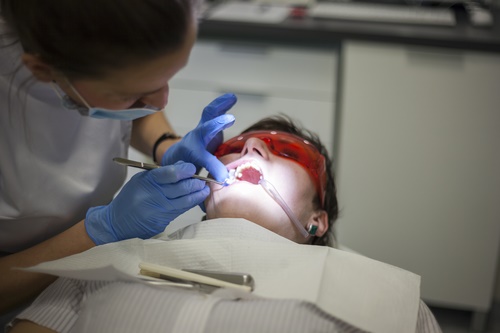What is Taurodontism?
Taurodontism is a disease occurring in molar teeth where both the molar chamber and tooth is enlarged. The body of the tooth becomes enlarged, and the roots are smaller than they should be. This results in oversized pulp chambers and apically positioned furcations. The term taurodontism means ‘bull-like’, as taurodont teeth closely resemble those of cud-chewers.
A taurodont tooth can be difficult to spot. They most often affect maxillary and mandibular molars, but can affect any molar. To the naked eye a taurodont tooth looks perfectly normal, so a diagnosis is usually made from x-rays.
Taurodontism appears to affect males and females equally. Usually, it occurs as a simple anomaly, but it does appear to have a close association with several developmental syndromes. It also occurs more frequently in genetic syndromes such as Down’s and Smith Magnesis.
What Are the Effects of Taurodontism?
The root canal system is complex, so taurodontism poses many problems. If left untreated, the tissue and bone around the tooth is slowly destroyed, causing pockets of bacteria to form. This leads to gingivitis, gum recession, and further decay.
Complications can also be caused by the unnatural structure of the tooth. The molar may continue to come in crooked or disfigured, putting the structure of other teeth at risk as well.

How is Taurodontism Treated?
It can be treated with a root canal in Houston. Endodontic treatment, also known as root canal therapy, is used to treat many cases of taurodontism. In this procedure, a cavity is created in order to access the root, which is then destroyed and filled. After the root canal has been cleaned and filled, a dental crown is placed on the affected tooth.
Taurodont teeth vary a great deal, so treatment is a delicate process. The root system doesn’t diverge as it typically would, so the extraction of the root is more difficult. A careful examination of the root system must take place, lest complications arise. Surgical tooth elevators are sometimes used in order to extract the root safely.
Follow-up treatment is a requirement when taurodontism is treated. Root resorption, the slow breakdown and eventual destruction of the root structure after treatment, is more common in taurodont teeth. Because taurodont teeth are misshapen, extensive treatment may also be required to crown the molar properly.
